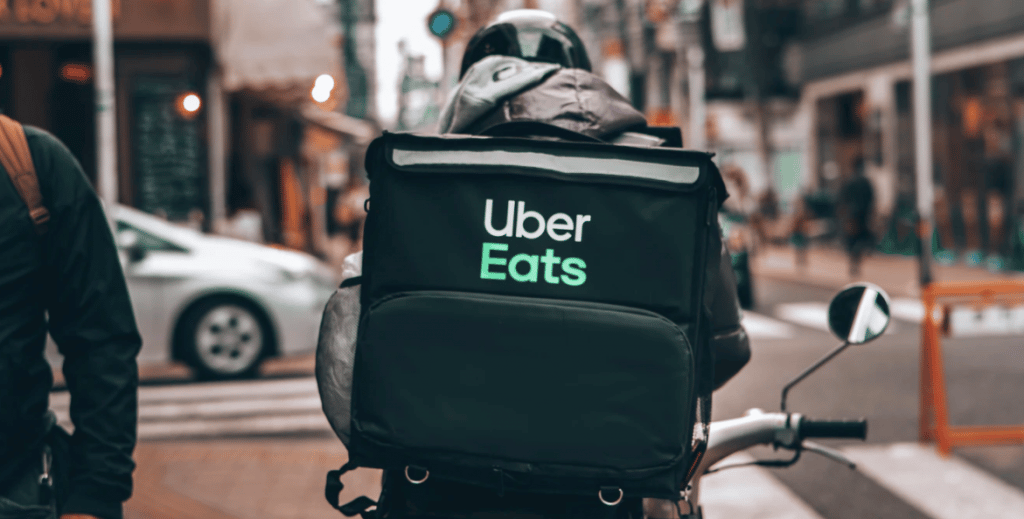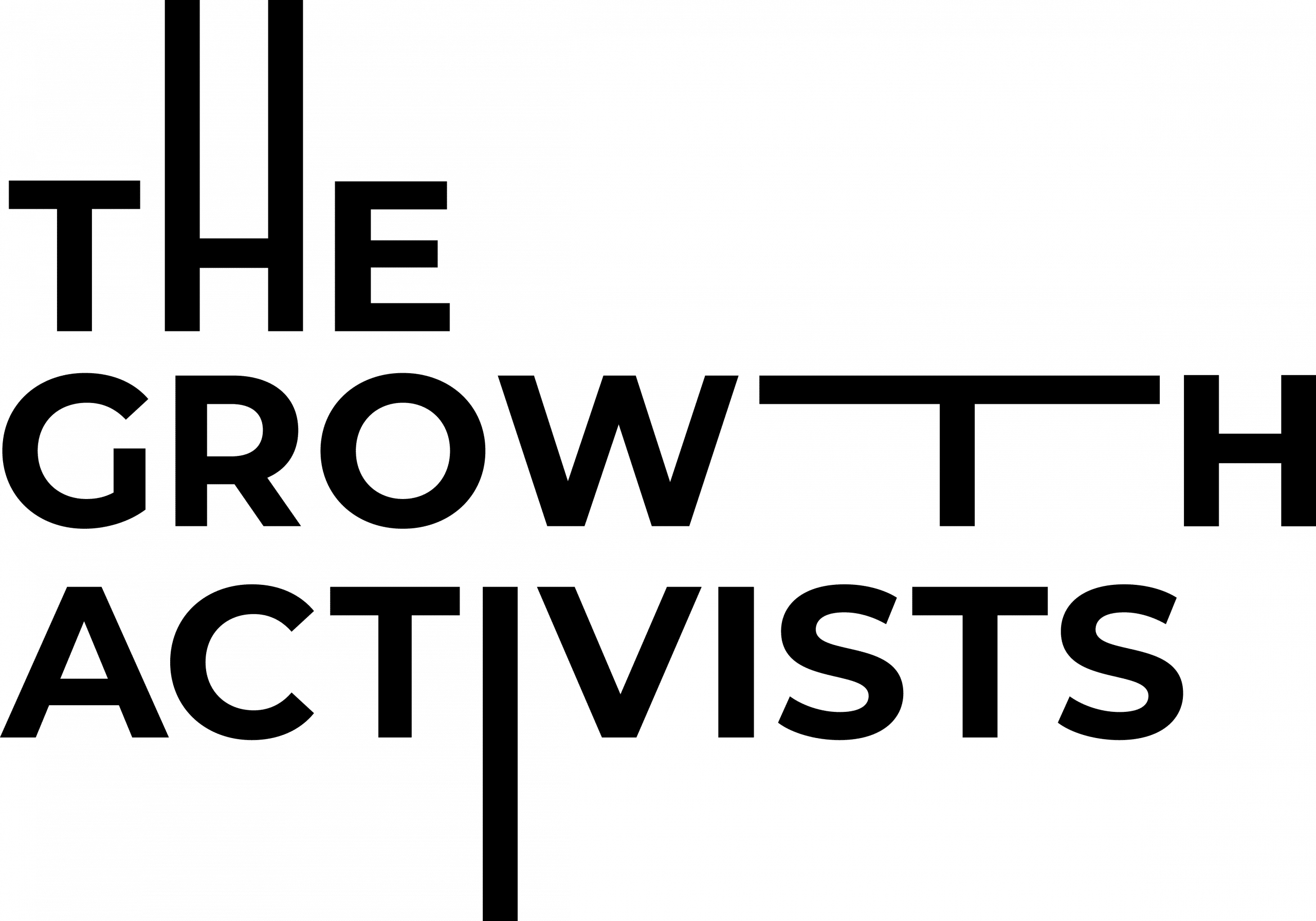The 5 Levers of Growth REVISITED: How to activate them for your business post-COVID19
Recent events have played havoc with the growth plans of almost every business. As we collectively work through the 3 phases of the COVID19 crisis – Response, Recovery and Revival – businesses are required to put greater focus on growth strategy. But they are required to do it at a more rapid pace than ever before, whilst also remaining agile enough to keep evolving as market conditions change.
In the Response phase, we saw fashion houses move into making personal protective equipment for medical staff, high-end restaurants doing meal deliveries, and bank tellers retraining as call centre support staff. It was an intense period of innovation by necessity, whilst fear and uncertainty reigned.
At this point in time, the businesses who have survived are sitting between the Recovery and Revival phases. We have a much clearer line of sight into the changed conditions we’ll be facing in the next 6-12 months. We also have a firmer understanding that a number of our pre-pandemic activities and behaviours will never be quite the same again. We can consider emerging key trends and scenario-plan for multiple eventualities. This makes it the perfect time to start thinking about the levers of growth with greater clarity and intention.
The 5 levers of growth have not changed. What will change is the emphasis placed on one over the another due to the changed market conditions and what may lie ahead. In the article that follows we have left our original piece largely intact, explaining the fundamentals of each lever – but we have also added new commentary around the key considerations in the current business environment.
As always, we like to remind our clients that the best way to respond to the future is to create it. This has never been more true, particularly considering that after every crisis we see the emergence not only of new business models but entire new systems that challenge old ones. Post-GFC saw the rise of cryptocurrency, the sharing economy and the gig economy. The courageous who dare to innovate whilst tapping into changed sentiment and behaviours will emerge the victors, with truly future-fit businesses. So as we settle into the ‘new normal’, don’t forget that you play a role in shaping what that looks like through your selected growth pathway.
“Only those who will risk going too far can possibly find out how far one can go.”
T.S. Eliot
How to Activate Them for Your Business Post-COVID19
Levers of Growth
There are 5 key levers you can use to grow your business:
- Geography – which markets you are in
- Channel – how you sell to consumers
- Customer – the types of customers you target
- Category – your product or service offering
- M&A – Mergers and Acquisition
1. Geography
All businesses market within particular geographic regions. Those areas of focus can range from global down to individual suburbs, depending on the scale of the organisation. Large FMCG brands like Coca-Cola sell in most countries of the world, telcos such as Optus or Telstra sell their services to people and businesses all around Australia while dentists have a hyper-local market with most of their customers coming from a few surrounding suburbs. Expanding outside the geography a business currently operates in enables the acquisition of an entirely new set of customers previously outside their reach.
To activate this growth lever, a company must ascertain demand in the target geography. This will entail understanding whether their existing product or service will have traction with customers there, or whether it will need to be adjusted to be more locally relevant. In the case of modifications being necessary, it’s important to weigh up any lost economies of scale, and whether the expansion will deliver an acceptable return in the required timeframe. Moving into any international market can be a very attractive proposition, but when barriers to entry are high, it may be more prudent to extract growth in known environments by activating one or more of the other levers. Done well, opening up new geographic markets can deliver fast customer acquisition and grow overall business value.
NEW CONSIDERATIONS: With cross-border travel grinding to a halt during the peak of the crisis, and international travel set to resume later in 2020 and under very changed conditions, entering new territories may be logistically challenging.
At the same time, there will be international markets whose own changed conditions may have created a growing demand for your product or service. In this case, do utilise digital means for establishing and building the local relationships that will be essential to you opening in those international markets. AusTrade will be your friend – use any resources they make available.
Keep in mind that even pre-COVID19 there have been businesses who have established new distributorships or license agreements internationally without setting foot in the new target market, so it can be done.
In the short to medium-term, national (and Trans-Tasman) growth presents lower barriers to execution. But this must be evaluated versus the return on effort versus pursuing a more complex but potentially more lucrative international expansion.
2. Distribution Channel
For many businesses, the advent of digital in the early 2000’s provided new channels to reach customers. Previously limited to retail stores or face-to-face sales for B2B, companies were limited in the ways they could sell to customers. With the rise in the ‘always on’ customer, it is important for businesses to make sure their product or service is easy to buy, by being just a click or walk away from wherever customers are.
To activate this, Growth Lever organisations need to make sure they have recent customer research that answers the question of where potential customers want to be able to purchase (what they say they will do) and where they might purchase (what channels they are active in). If customer behaviour insights identify channels that may drive additional sales with existing customers or acquire new customers entirely, then the business should activate these new distribution channels as soon as feasible. Some of the distribution channels available include:
- Two-sided Marketplaces – B2C platforms like ebay and Amazon and B2B platforms like Alibaba and Joor
- Three-sided Marketplaces – platforms like Deliveroo where they connect three parties: customers, restaurants and delivery riders
- Physical Retail – traditional bricks & mortar
- Automated Retail – self-service kiosks and stores like AmazonGo
- E-commerce – direct to customer online sales
- Social Media Shopping – growing quickly on Instagram and Facebook
- Wholesale – establishing a reseller network
- White Label Sales – allowing resellers to rebrand your product
- Value-Added Resellers – working with resellers who might install or customise your software
- Personal Selling – face-to-face sales
- Sales Outsourcing – using a third party to sell
- Multi-Level Marketing – the model whereby independent contractors or distributors also make money by recruiting other contractors to sell
NEW CONSIDERATIONS: The rapid adoption of new technologies during lockdown has clearly demonstrated a greater openness to online sales platforms as well. In the fashion industry, where collections are ordered 6 months before delivery, designers moved from physical showrooms to online wholesale platforms like Ordre, Joor, and NuOrder to enable their retail customers to place orders for the next season. With travel unlikely to return to pre-pandemic levels for some time, it is inevitable that more B2B deals will get done online versus in person at conferences or trade shows, particularly international ones.
In B2C we saw e-commerce jump from 10% of all retail sales to more than 20% during the lockdown. The question is how many sales will return to bricks and mortar – and does this mean a smaller physical retail footprint may be required going forward? A rebalancing of online and offline channels and the role they play for customers will come into even sharper focus over the coming months. Continued investment in digital channels will be key in B2C.
3. Customer
Customer retention is vital for business survival and stability, but new customer acquisition is critical to driving growth. This can be through marketing and advertising that ensures the brand is front and centre when target customers are considering purchasing. But more importantly, using this Growth Lever means finding new customers outside of existing target customers and using targeted marketing to put a brand on their consideration set. Once the existing target market opportunity has been filled, acquiring more customers within that group will have a high CPA (Cost Per Acquisition). A high CPA can be an indicator to look elsewhere to find new customers for that purchase category.
By widening the top of the funnel with more prospects, the customer base can be expanded, and revenue increased. Finding different customers to the product or category means a larger prospective market. This could include targeting a different demographic with similar drivers to a business’ customer, particularly if they risk saturation with their core customer. A recent example is when Nike moved into eSports and began targeting the gamer who is similarly performance-driven to Nike’s core customer, albeit in a different activity.

In early 2019 Nike signed its first e-sport sponsorship deal in South Korea, targeting a new growing customer segment.
NEW CONSIDERATIONS: With tighter budgets, a company’s most valuable customer is their existing one. The focus in the short to medium term should be on adding value to that existing customer through added services that enhance that customer’s experience and reactivates purchase.
At the same time, changed market conditions may have created a new customer segment for your products or services, and it is important to not miss the opportunity to acquire them before the competition intensifies, driving up that cost of acquisition.
An example of this during the crisis is at-home gym equipment, which was previously marketed to a more niche audience of weight-trainers. But the closure of gyms suddenly broadened the target market to all gym goers missing their fitness routines. It is key to look for new customer segments whose behaviours and habits may remain changed beyond the crisis.
4. Category
By stretching the boundaries of a category by introducing a new product or service, businesses can expand what they can sell. Pulling this lever can mean maximising the sales to an existing pool of customers by giving them more purchase opportunities from a brand they have already purchased from. For example, Uber expanded out of its P2P taxi service into food delivery.
But it can also mean expanding brand access to a broader segment of customers with common interests but different budgets. An example is a luxury apparel brand like Tom Ford expanding into eyewear or make-up.
A further type of category expansion would be when a brand begins to sell to completely different customer segments who share the same values as their existing customers. An example is Adidas who started in a single category, Running, but whose brand values around performance enabled expansion to categories like Football and Tennis. The economies of scale in manufacturing are a big advantage here, even though a completely different customer needs to be marketed to.
These last two examples entail pulling two levers together – those of category expansion and consumer acquisition.

Revenue for Uber Eats grew 149% to $1.5 billion in 2018. That’s an impressive 13% of Uber’s total annual revenue.
NEW CONSIDERATIONS: Category expansion can make a lot of sense in the current environment, particularly if there is an opportunity to address growing demand. A recent example of this was hardware chain Bunnings introducing gym equipment when they found many customers buying building materials to create home gyms during the lockdown. Another example is restaurants who began to make and sell packaged products like their own branded jams and pickles. These category extensions may make sense to maintain post-COVID19 as well, forming an additional ongoing revenue stream.
5. M&A
Mergers and Acquisitions are a very effective way for businesses of any size to grow rapidly, but risk needs to be carefully managed by ensuring any acquisitions are aligned strategically and carefully planned, and that any debt taken on can be serviced. Growth can be driven out of M&A’s in a number of ways – the acquisition may accelerate market access for products, it might exploit a business’s scalability or it might enable the acquisition of skills or technologies at a faster rate than they can be built. Apple’s acquisition of Beats Electronics allowed Apple to quickly get into the fast-growing streaming business whilst the iTunes model was in planned decline.
NEW CONSIDERATIONS: In the response phase of the crisis we saw a number of businesses collaborate to address market problems. In the US Amazon collaborated with Lyft, using out of work ride-share drivers to help fulfill deliveries when e-commerce orders exploded. In France, Carrefour collaborated with UberEats to deliver groceries to customers’ homes.
Some of these collaborations exposed weaknesses in supply chains and may well give rise to a new spate of acquisitions, or mergers of complementary businesses. There will also be some very clever ventures on the brink of insolvency, presenting opportunities for cash-rich organisations to acquire new capabilities cheaply. Private Equity groups will certainly be circling too, looking for high potential ventures to rescue.
A successful business growth strategy will use a combination of these 5 levers. The mix of which ones, and to what extent each is pulled is dependent on the ambition, strategy and appetite a business has for growth. What is key is that each lever is evaluated and that an in-depth understanding is established of the required cost versus return for each, particularly against both short and longer-term objectives.
Lastly, to truly drive sustainable mid- and long-term growth, businesses have another very powerful tool at their disposal. Growing evidence from around the world suggests that this lever above all others will drive the most sustainable growth for businesses – Purpose. By defining, championing and activating a powerful organisational purpose, businesses not only focus on the Levers of Growth through a more sustainable, longer-term lens, they also unlock a higher level of passion and commitment across all stakeholders, from employees, customers and shareholders, through to environmental activists, their local community and even suppliers. Data shows that purpose-led organisations outperformed the S&P 500 by a growth factor of 10 over 15 years. This demonstrates that embracing stakeholder capitalism may well be the most important growth decision an organisation can make.
NEW CONSIDERATIONS: With the huge shift in values that has taken place during lockdown – more family time, community collectivism, celebrating environmental improvements, learning to do more with less – a more stakeholder-centric approach has never been more important. If your organisation hasn’t yet defined its purpose and designed a process for activating and measuring impact, there is no better time to start. It will ensure your decision-making is guided by principles that deliver sustainable growth.
To learn more about our one-day Growth Levers Workshop, get in touch with Rosanna Iacono at rosanna@growthactivists.com




